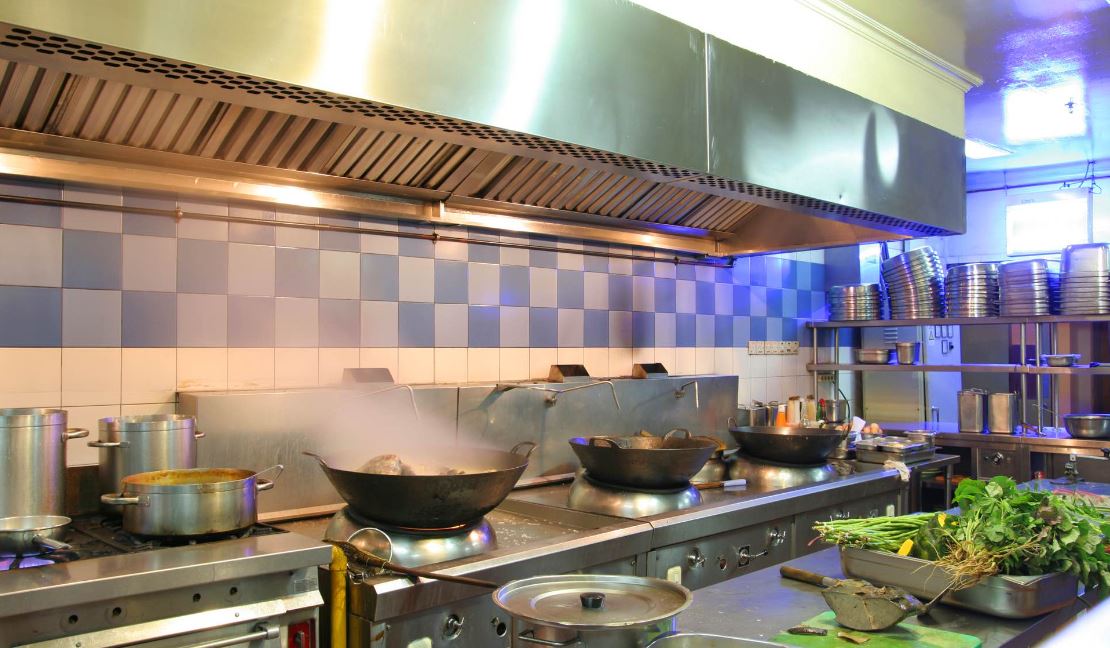In the sphere of a commercial kitchen, the installation of a hood system is a critical aspect that has a profound impact on the functionality, safety, and compliance of the establishment. As a specialized task, it requires a meticulous approach, underscoring the importance of having a comprehensive checklist to ensure no detail is overlooked.
Our discussion today will unravel this intricate process, shedding light on the nuances from understanding the different types of commercial hoods to the step-by-step installation process. While this may sound like a daunting task for many, having clear guidelines can indeed make the difference between a well-functioning, code-compliant kitchen and one that falls short.
It’s time to explore the key aspects of commercial hood installation, providing you with the necessary insight to navigate this complex task effectively.
Understanding Commercial Hood Types
In a restaurateur’s arsenal, comprehending the different types of commercial hoods is crucial for ensuring optimal kitchen functionality and safety. As a fundamental part of the kitchen ventilation system, the role of commercial hoods cannot be overstated. They are designed to remove heat, smoke, and cooking odors from the kitchen, ensuring a comfortable and safe working environment.
There are mainly two types of commercial hoods – Type 1 and Type 2. Type 1 hoods are designed to handle grease and smoke produced from cooking processes, while Type 2 hoods, also known as heat or condensation hoods, handle steam, heat, and odors from cooking appliances. Understanding the specific needs of your kitchen and aligning them with the right hood type is an imperative step in the installation process.
Step-by-Step Installation Process
Once you’ve determined the appropriate commercial hood type for your kitchen, the next step is to delve into the meticulous process of installation, ensuring each phase is executed with precision and expertise.
This starts with accurate measurements of your kitchen space, and the careful alignment of the hood with your cooking equipment. The hood should be securely mounted, with proper attention given to the electrical and ductwork connections.
Next, the ventilation system must be correctly assembled and attached, followed by the installation of the fire suppression system, a crucial safety measure.
Lastly, a professional inspection should validate the installation’s compliance with local codes and regulations. Every step is integral to creating a safe, efficient kitchen environment, fostering a sense of belonging and unity among your staff.

